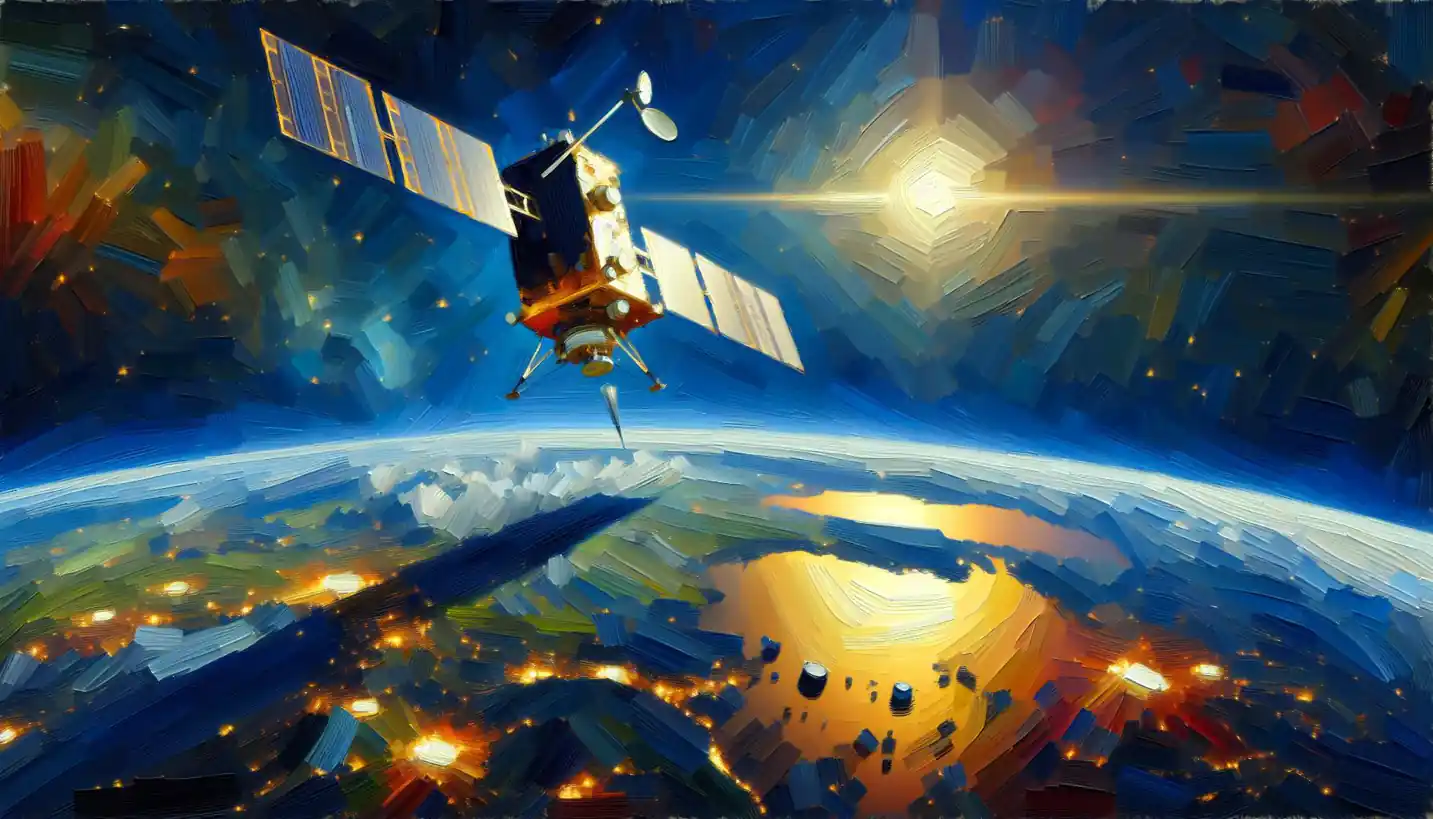· Engineering · 5 min read
Propulsion Secrets: Exploring the Engines that Drive Flight
Uncover propulsion secrets and explore the engines that make flight a reality, propelling us beyond Earth’s atmosphere.

When we think about airplanes, rockets, and spacecraft, the magic behind their movement is propulsion. It’s like the heart and soul of flight, pushing these machines through the air and beyond. But how exactly does this work? Let’s dive into the fascinating world of propulsion systems in aerospace engineering.
In the simplest terms, propulsion is all about producing the force that moves something forward. Think of it as being similar to the way a swimmer pushes against water to glide through a pool. In aerospace, propulsion is achieved through different kinds of engines that convert fuel into thrust, the force that propels a vehicle forward.
The Basics of Thrust
Thrust is a crucial idea here. It’s the push that moves an aircraft or spacecraft. To understand how thrust works, imagine blowing up a balloon and letting it go. The air rushing out from the end pushes the balloon forward. Similarly, engines expel gases to push the vehicle in the opposite direction, obeying Newton’s Third Law of Motion: for every action, there’s an equal and opposite reaction.
In the world of aerospace, the common types of propulsion include jet engines, rocket engines, and even electric propulsion systems. Each has its way of creating thrust, using different fuels and techniques.
Jet Engines: The Powerhouses of Airplanes
Jet engines are the most recognized propulsion systems, especially in commercial air travel. They work a bit like a high-powered fan and a heater combined. Jet engines suck in air, compress it, mix it with fuel, and ignite the mixture. The expanding gases are forced out the back of the engine, creating thrust.
There are several kinds of jet engines, including turbojets, turbofans, and turboprops.
Turbojets are the simplest form, used primarily in military aircraft due to their high-speed capabilities. Turbofans, on the other hand, are common in commercial airliners. They are known for being quieter and more fuel-efficient because they use a fan to move a larger volume of air around the engine core. Turboprops use a propeller instead of a fan, making them suitable for slower speeds and shorter distances.
Rocket Engines: Reaching for the Stars
Rocket engines are the giants of space travel. Unlike jet engines, rockets carry both fuel and an oxidizer, enabling them to work in the vacuum of space where there’s no air. This is the magic that gets spacecraft off the ground and into orbit.
The most common type of rocket engine is the liquid rocket engine, which uses liquid fuel and oxidizers. Famous examples include the engines used in the Space Shuttle. An alternative is the solid rocket engine, where the fuel and oxidizer are mixed into a solid block. These are simpler to build but harder to control once ignited.
Rocket engines are fascinating because of the immense power they generate. They don’t just propel spacecraft into orbit, but they also help them land back on Earth, controlling descent with precision.
Electric Propulsion: The Future of Space Travel?
As we look toward the future, electric propulsion is becoming more prominent, especially for deep space missions. These engines don’t burn fuel like traditional engines. Instead, they use electricity to accelerate ions, producing thrust. Since they are highly efficient, they are ideal for long journeys, even with low thrust output compared to conventional rockets.
Ion thrusters are an example of electric propulsion, used in missions like NASA’s Dawn spacecraft. They offer a gentle but continuous push, enabling spacecraft to travel vast distances with minimal fuel.
The Environmental Angle: Sustainability in Propulsion
With increasing focus on environmental issues, propulsion technology is also turning greener. Engineers are constantly working on more efficient engines that use less fuel and produce fewer emissions. Innovations like biofuels and hybrid-electric engines are already being explored.
For instance, some aircraft manufacturers are developing hybrid engines that combine traditional fuel engines with electric power, similar to hybrid cars. These advancements aim to reduce the carbon footprint of air travel, making it more sustainable in the long run.
Challenges in Propulsion Technology
Despite its advances, propulsion technology faces numerous challenges. Creating engines that can withstand extreme temperatures and pressures while remaining efficient and reliable is a complex task. Engineers also work on issues like noise reduction and the development of reusable engines to make space travel more economical.
One of the fascinating aspects of propulsion research involves experimenting with alternative fuels, like hydrogen, which offers high energy content with water as its only combustion byproduct.
The Impact on Aerospace Engineering
Propulsion is at the core of aerospace engineering and heavily influences design decisions. Everything from the shape of an aircraft to its weight must consider the propulsion system. It’s a delicate balance of aerodynamics, efficiency, and power.
The development of fusion propulsion is an exciting frontier. Fusion-powered engines could offer a revolutionary step in space exploration, promising faster travel times to distant planets.
Where Are We Heading?
The future of propulsion is looking bright and full of possibilities. With ongoing research into materials science, fuel efficiency, and new propulsion concepts, engineers aim to design systems that can achieve higher speeds and greater distances while being environmentally friendly.
Exploring propulsion takes us to the heart of what makes flight possible and what could push humanity further into the unknown. Whether it’s the roar of a jet engine or the quiet hum of an ion thruster, propulsion systems are the driving force behind our ability to explore, discover, and dream.
This intricate dance of technology and physics isn’t just about getting from one place to another. It’s about what lies ahead—new worlds, new challenges, and exciting new frontiers in engineering and exploration.



